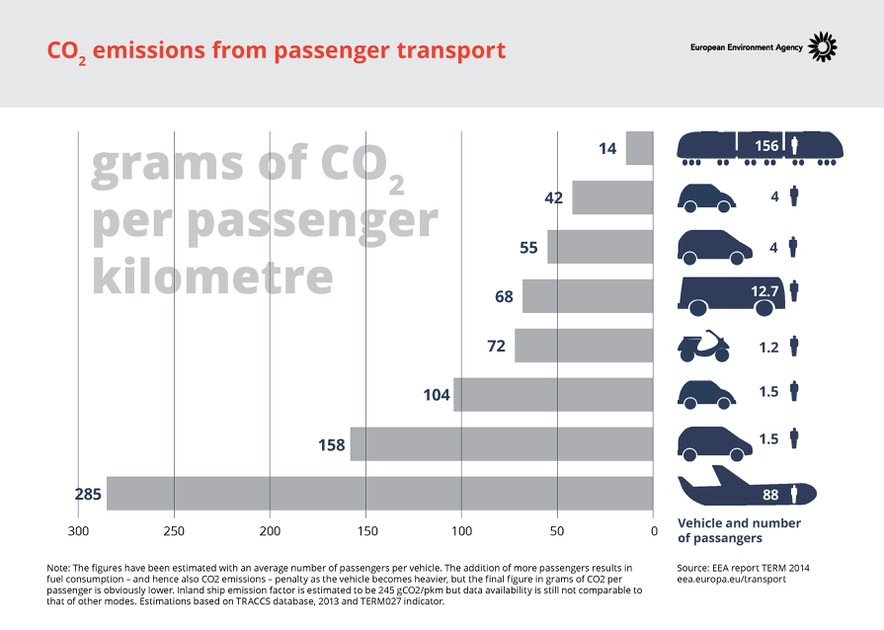AlvinofDiaspar
Moderator
There is a overwhelming bias pushed by the anti globalization crowd against aviation ( for obvious reasons). Your link is hilarious.
Try a real green source like treehugger.com:
:max_bytes(150000):strip_icc()/Treehugger-Share-Image-9548915b4a574030b3b877572e8abe97.png)
Transportation
From public transportation to telecommuting, learn the impact of your vehicle choice and the benefits of walking, biking, and mass transit.www.treehugger.com
Did you read the details? You're comparing transcontinental and regional travel on jets compared to "average trains" - i.e. diesel.
Oh and the infographic is actually from EEA - European Environment Agency:

Obviously, some anti-globalization crowd.
AoD







